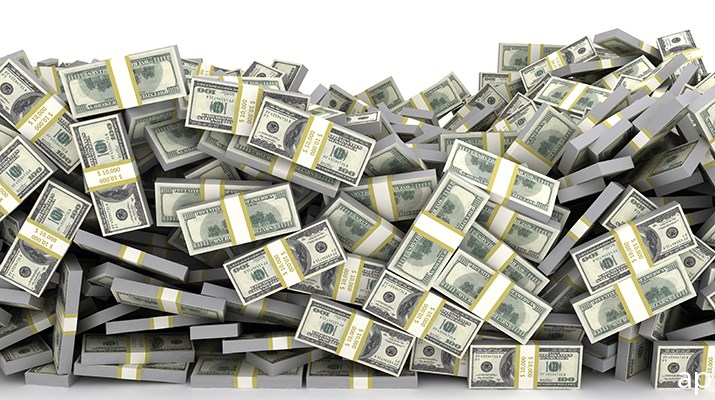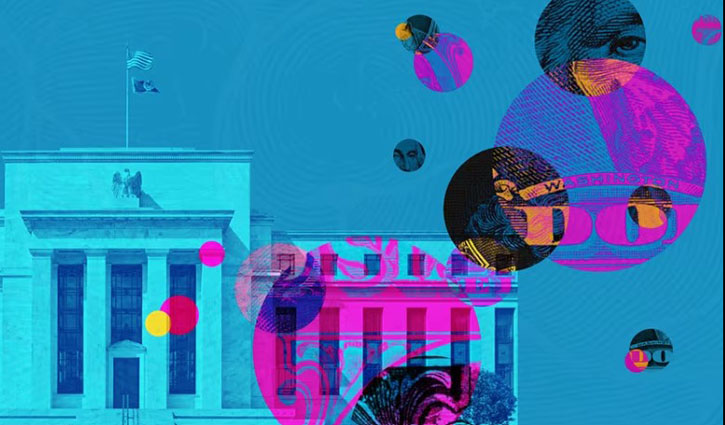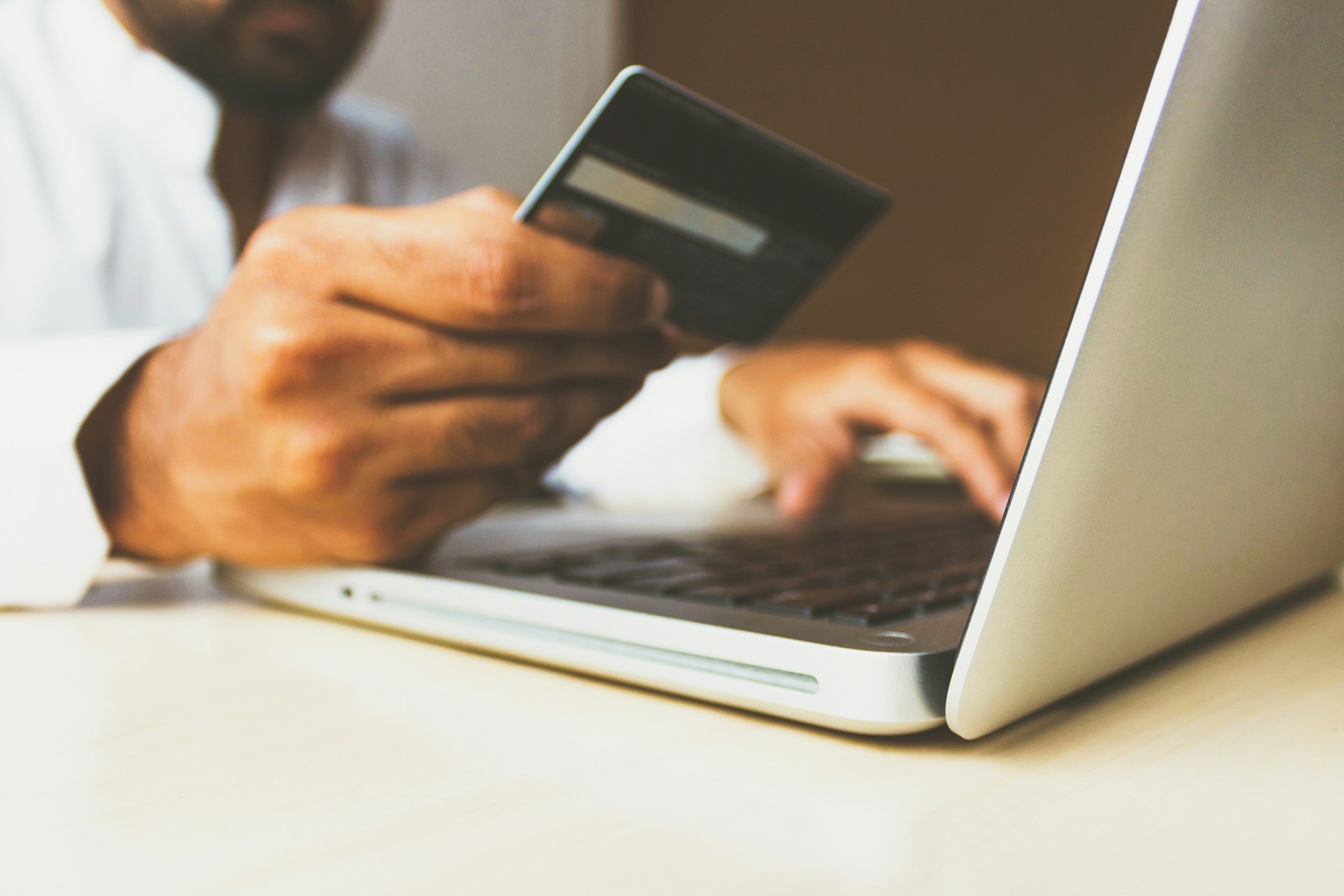
Editor's note: Read the latest on how the coronavirus is rattling the markets and what you can do to navigate it.
Between January 1st and March 23, the U.S. dollar exploded. Calculated against the Federal Reserve’s trade-weighted index, it went from a value of 115 to an 18-year high of 128. The trade-weighted dollar index is calculated against a basket of currencies from all countries the US trades with, explains Krishen Rangasamy, senior economist at National Bank of Canada. When the Fed announced on March 23 that it would practice “unrestricted” quantitative easing (QE), the greenback pedalled back to 122.5, but has since shot back up even higher to 130.7.
Normally, the Fed’s unrestricted QE initiative would pull the USD lower, which is what happened temporarily. But there are other things at work creating a shortage of US dollars, indicates Rangasamy, and they could cause it to appreciate even further.
Swaps galore
Central banks, notably the European Central Bank and the Bank of Japan, are also practicing “unconventional” measures similar to the Fed’s. Swap accords signed with 14 central banks have seen demand from this channel grow from US$ 60 million in the first half of March to nearly US$ 400 billion at the start of April.
A major part of international trade is conducted through U.S. dollars, especially in emerging markets. According to the Bank for International Settlements, the banking system finances about 35% of global trade, and roughly 80% of that is denominated in U.S. dollars. The rise in the USD increases the cost of financing, slowing down lending and borrowing in U.S. dollars, and that hurts trading volumes. “That explains the observed negative correlation between growth in global trade volumes and that of the Broad Dollar Index,” adds Rangasamy. With less trade, will the dollar to dive? Unlikely – at least as long as central banks continue to support their export sector, which they would do by ratcheting up demand for dollars.
He points to another factor, the record amounts of USD-denominated debt in the world, standing at US$ 12 trillion at the end of 2019, or 19% of world GDP, that can turn an appreciating greenback into a major problem. “A stronger USD can indeed make it harder for firms to service dollar credit,” notes the economist.
If the US dollar continues to rise, “it would increase the risk of default and transform the world recession into something far worse, fears Rangasamy, who adds: That could in turn increase the strength of the USD.”
Infinite printer ink
To avoid issues, the Fed has turned up the printer on U.S. dollar. But how long can that go on before the value is printed out of it?
“Each central banker can print as much as he wants as long as markets are confident that he won’t do it to infinity,” answers Francois Bourdon, chief of global investments at Fiera Capital. “The difference between emerging and developed markets is that they can’t afford to print indefinitely because we don’t trust that they will contain it.” Concerning the U.S., markets trust that it will eventually shut down the printing press.
There is a limit to the issuance of money, Bourdon recognizes, which is when it would stop to have value in international trade. The ominous signs would be a strong volatility in the greenback happening inside a general downward slope. That moment has not arrived yet.
How to buy cash
It all depends on how one sees the pandemic evolving. If Rangasamy is right, the strong dollar itself could precipitate a worsening of the crisis, which would in turn heighten upward pressure on the greenback. Then, buying U.S. dollars would be a smart move, strengthening the downside protection of one’s portfolio. On the other hand, if the domestic situation worsens within the U.S., you lose a core source of demand and support for its safe-haven status. “If the crisis intensifies in the U.S., one would need to short U.S. dollars,” says Bourdon, who indicates that Fiera Capital is presently “slightly short” on the dollar.
The simplest way to invest in the U.S. dollar is to buy long by opening a U.S. dollar account in a bank. The gain happens when the spread widens between the greenback and the loonie. If one wants to short the USD, that requires one of two things: either open an online account, for example with Forex.com or Avatrade.ca, or open a futures contract account with a bank. Such trading opens up access to all currencies in the world which an investor then trades one against another (USD vs Euro, Euro vs Real, etc.).
Leave currency trading to the professionals
Bourdon believes currency trading should be left to professionals. If you buy dollars “long”, gains or losses are similar as with stocks. “If you short them, you stand to lose more than what you put in, because of margin calls, if the currency goes against your position,” explains Bourdon, noting that “just opening an account to buy U.S. dollars can protect the portfolio, since we’re dealing with the world’s reserve currency.”
The factors a currency investor must keep in mind are quite different from those involved in buying stocks. With stocks, you consider mostly micro-economic factors such as company profitability and growth potential. Some macro-economic factors come into play, like the direction of interest rates, but with currencies, the macro-economic level dominates. You need to keep an eye on a country’s exports and imports, its terms of exchange, its financial health. And if you short currencies, you have to juggle these factors concerning two currencies, that brings into play two countries or two trading zones. Not everyone wants to wrap their minds around such equations.
Finally, a word on tax
Tax considerations are quite straightforward. “As a general rule, currency trading gains are treated as capital gain and taxed at 50% on a realized basis,” explains Bradley Thompson, a tax lawyer and partner at Altro LLP. “On the other hand, a person who trades frequently will be considered a trader, gains and losses treated as ordinary income.” One should note the expression “realized basis”. For example, “realization” is once an investor converts U.S. dollars back to Canadian dollars, but it also applies if you convert U.S. dollars into euros or Mexican pesos.
Are you getting the right returns?
Get our free equity indexes to benchmark your portfolio here














:quality(80)/cloudfront-us-east-1.images.arcpublishing.com/morningstar/MQJKJ522P5CVPNC75GULVF7UCE.jpg)





